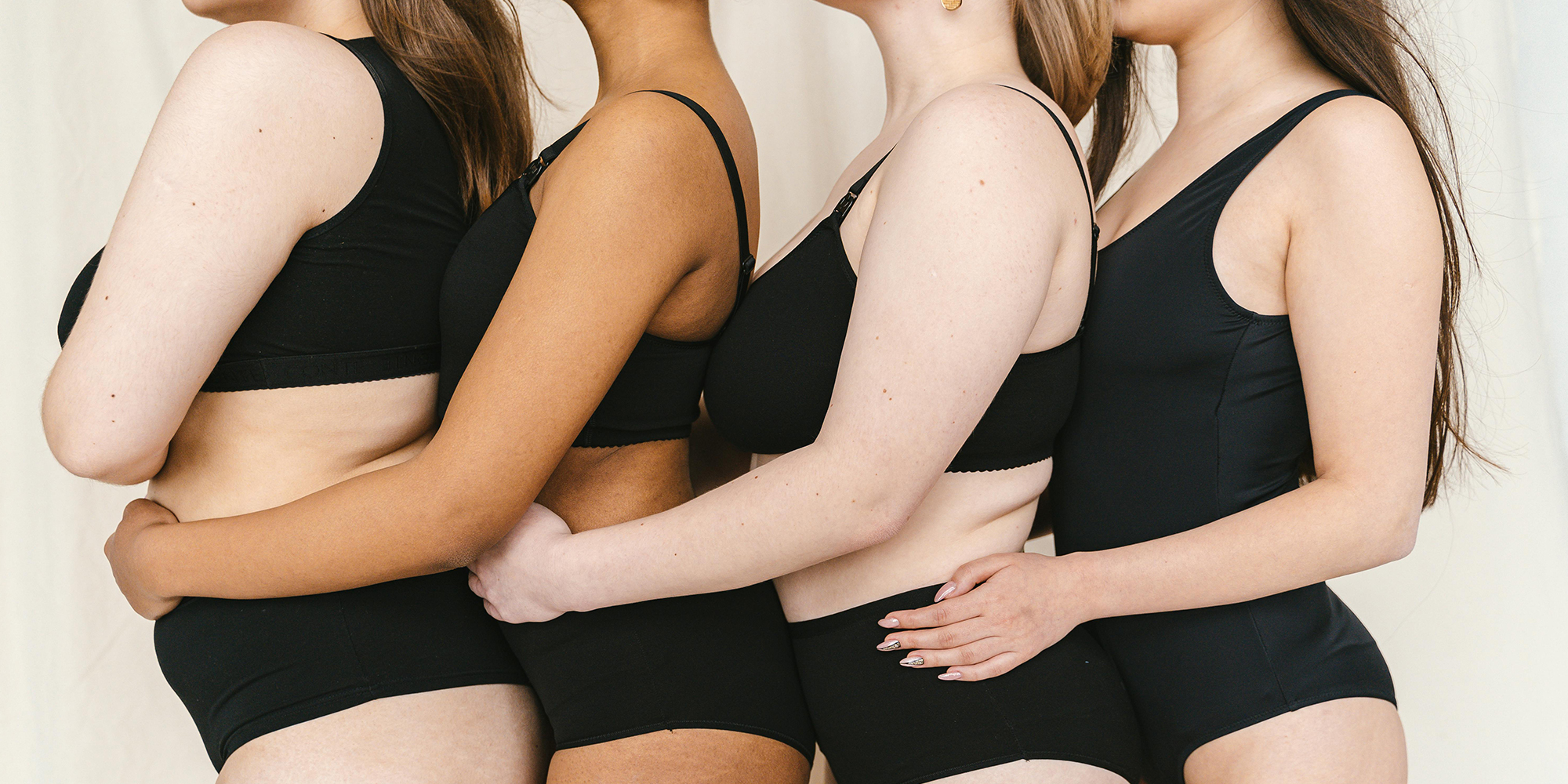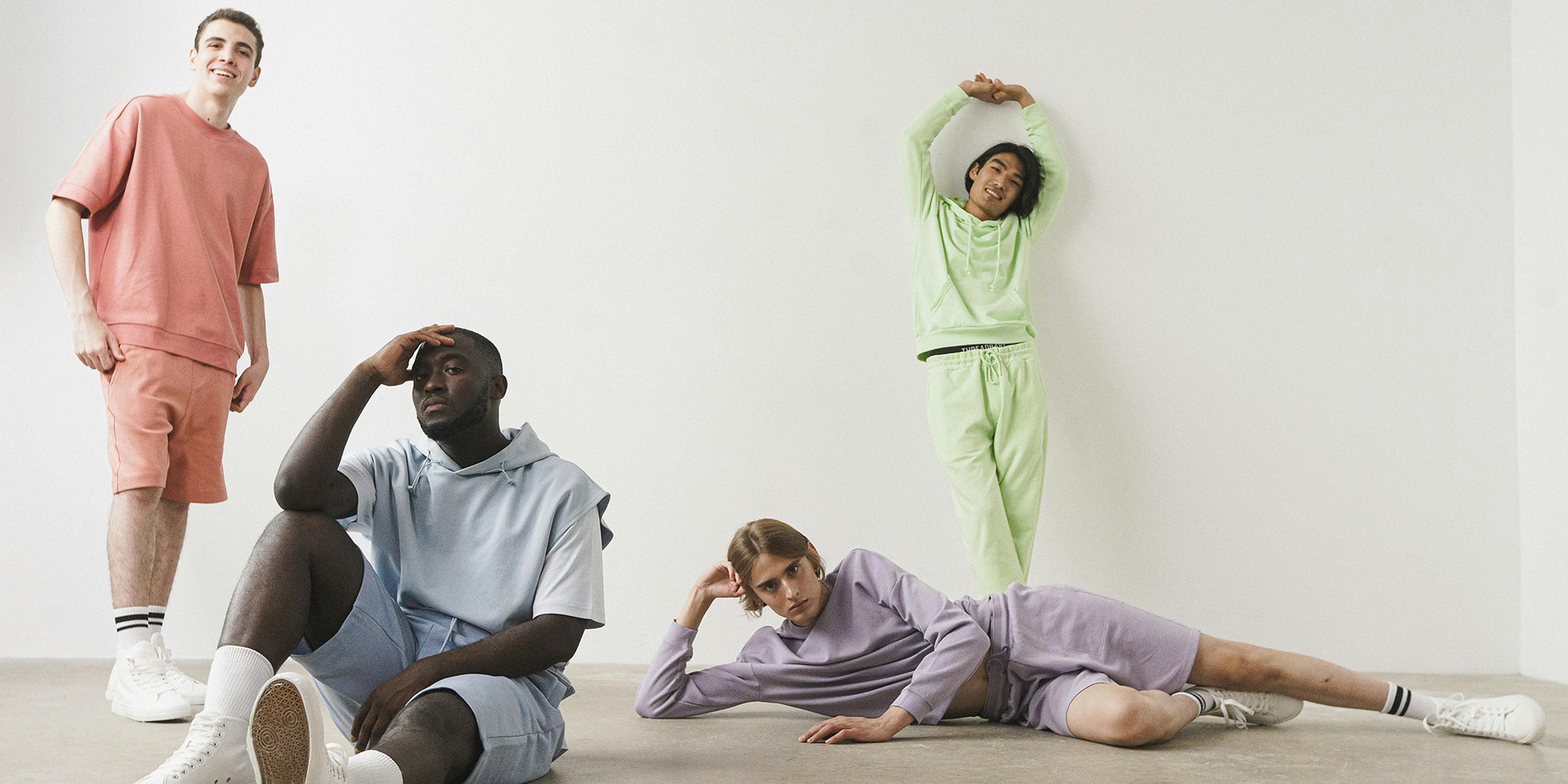


The world of male modeling is evolving rapidly, with more opportunities now than ever before. Whether you’re interested in runway, fitness, or commercial modeling, breaking into this industry can be both thrilling and challenging. In this guide, we’ll walk you through the essential steps to become a successful male model, from building a professional portfolio to managing auditions with confidence. If you’re prepared to put in the work, modeling can be a rewarding career path that offers new experiences, growth, and the potential for international success.
A career in male modeling opens doors to travel, connections with creative professionals, and the chance to represent some of the world’s top brands. Male modeling offers the excitement of a lifestyle outside the traditional 9-to-5, making it an appealing choice for those who crave variety and enjoy being in the spotlight. With the growth of social media, male models have more influence today than ever, allowing them to build their own personal brand, connect with a global audience, and even venture into business. For many, male modeling isn’t just about fame; it’s an avenue for personal growth, self-expression, and financial independence.
Male modeling is not one-size-fits-all. Different types of modeling cater to unique aspects of the industry, each with specific requirements and styles. Let’s explore the most common categories:
Knowing which category aligns with your interests and attributes will help you focus your efforts effectively.
While height and physical fitness are essential, top male models also need qualities such as adaptability, confidence, and a strong work ethic. Photographers, agents, and brands look for models who can embody the desired image effortlessly and bring energy to their photos. Key attributes for a successful male model include:
Models often work long hours on set and may need to adapt quickly to varying client demands, making resilience another important attribute.
Most male models spend time on their physique through fitness, proper nutrition, and skincare. Regular workouts are essential, especially for those pursuing fitness modeling. Fitness models maintain a low body fat percentage and a muscular yet lean look. Here are some basics for developing your physical presence as a model:
Modeling can be demanding physically, so it’s important to maintain a sustainable lifestyle that keeps your body camera-ready without compromising your health.
Your portfolio is your calling card and the first impression agencies and clients get. A strong portfolio showcases versatility, from close-up shots to full-body photos, demonstrating that you can adapt to different styles and moods. Key steps to build your portfolio include:
Your portfolio is the first step to establishing yourself in the industry. Consider updating it regularly as your style and career progress.
In today’s digital age, models need a strong online presence. Platforms like Instagram and LinkedIn serve as portfolios, connecting you with industry professionals. Here are ways to build your digital brand:
Social media can serve as an ongoing portfolio, where clients and agencies can see your versatility and style.
A reputable agency can guide you, help secure auditions, and get you in front of the right people. Research agencies that align with your modeling goals, and avoid scams. Here’s what to consider when choosing an agency:
Getting signed with a reliable agency can set the foundation for a steady modeling career, opening doors to a wider range of jobs and industry exposure.
Modeling auditions require preparation, focus, and a positive attitude. Here’s what you should know:
Auditions can be nerve-wracking, but preparing well and staying confident will help you leave a lasting impression.
Networking with photographers, stylists, and other models is invaluable. Each professional relationship is an opportunity for future collaborations, recommendations, or guidance. Tips for effective networking:
Networking is an ongoing part of the job. With strong relationships, you’ll find more opportunities and
How tall do you need to be to become a male model?
While each agency has different standards, most prefer male models to be between 5’11” and 6’3″ for fashion work. Commercial models can vary more in height.
Is it necessary to have an agent?
Having an agent can help, but some models start by freelancing. An agent can offer guidance, connections, and opportunities but isn’t essential to get started.
What should I bring to a modeling audition?
Bring your portfolio, comp card, and identification. Dress in form-fitting, simple clothing, and prepare to present your best self confidently.
Do male models need to have a muscular body?
It depends on the type of modeling. Fashion models generally have a lean build, while fitness models have more defined muscles.
How can I avoid modeling scams?
Do thorough research on agencies, avoid upfront fees, and trust your instincts. Reputable agencies won’t charge upfront or promise immediate success.
Can I model part-time?
Yes, some models work part-time while pursuing other careers or studies. It can be a flexible career with the right planning and management.
Becoming a male model is a challenging yet rewarding path. While looks are part of the equation, persistence, professionalism, and networking are equally essential to success. By following this guide, you’re equipping yourself with the knowledge and skills to make your mark in the competitive world of male modeling. Best of luck on your journey to the runway or the next big campaign—your dedication and unique personality will take you far!